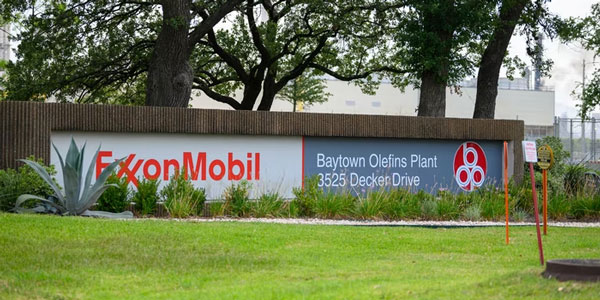Economies are in a constant state of flux. Typically, they increase, and when they do, economists consider a low degree of inflation, another term for modestly increasing prices, to be a positive sign of economic growth. It is widely held that a certain amount of inflation may stimulate economic development; hence, many governments and central banks control monetary policy to create a long-term inflation rate of around 2% per year. On the other hand, inflation may occur even when economic development has stalled out or even slowed down sometimes, although very infrequently. This unusual occurrence is known as stagflation, and it is almost never a good thing. Stagflation has the potential to bring about significant economic challenges and is notoriously tough to overcome.
Inflation: What Is It?
A general increase in the level of prices across an economy is what economists mean when they talk about inflation. In the United States, inflation is most often monitored by the Bureau of Labor Statistics CPI as the primary inflation indicator. This index analyzes the year-to-year price changes of a "basket" of products and services, weighted by their relative significance to the economy. Inflation may be defined as an increase in the general level of prices for goods and services.
When looking at such a diverse selection of items, one gets a complete view of how prices are set throughout the economy. This is because the price of a single commodity might change due to factors other than inflation, such as a temporary supply shortfall exclusive to a certain sector. It is possible that seasonal weather circumstances would cause a sharp increase in the price of bread; nevertheless, if the prices of other items stay unchanged, the price will have little influence on the basket, and the total inflation rate will continue to be low. A more than fifty percent rate is referred to as hyperinflation, and the only way to reverse this trend is often by a significant revaluation of the currency.

There are several potential sources of inflation, most of which may be classified as either demand-pull, cost-push, or built-in. The phenomenon known as demand-pull inflation takes place when there is a rise in demand as a result of an increased money supply. This is often the result of declining interest rates, greater government expenditure, or tax cuts.
What Is Stagflation?
Stagflation is exactly what it sounds like a combination of "stagnation" and "inflation." The term "stagflation" refers to a situation in which prices are rising while the economy as a whole is stagnant or, even worse, contracting. The United States went through a stagflationary phase in the middle of the 1970s, defined as low, zero, or negative growth as measured by gross domestic product (GDP).
While the high price of oil had widespread effects on the American economy and contributed to a severe recession, the oil supply shock of 1973 propelled inflation to double digits. As the high cost of oil had repercussions across the American economy, it pushed inflation into double digits in 1973.
Consumers suffer the most from this stagflation since increasing prices imply that their money can buy less and less. Still, high unemployment means their salaries cannot grow to compensate for the decrease in purchasing power. Therefore, their actual cost of living rises increases, which often results in their funds being depleted.
Stagflation may be caused by either one of these elements, a shock to supply or a failure of economic policy, or both factors working together. A supply-side shock occurs when the price of a commonly utilized product, like oil, suddenly skyrockets, which causes associated prices to rise. The energy crisis and oil embargo of the 1970s caused oil prices to skyrocket, which drove up prices and strained the economy.

Why Is Stagflation So Unpopular?
It is quite rare for sluggish growth and inflation to occur simultaneously since inflation normally increases and falls in tandem with the rate of GDP. Because of the persistently high inflation, there is less room for policymakers to address slow economic development by reducing interest rates and increasing public expenditure.
What Does the Misery Index Measure?
The unemployment and inflation rates are added together to get the misery index. In the 1970s, it rose to popularity as a crude indicator of the economic suffering caused by stagflation.
What Does It Mean to Have Purchasing Power?
The worth of a currency may be measured in terms of the amount of different products and services that one unit of that money can purchase. This concept is known as purchasing power. Inflation lowers buying power by reducing the number of products or services you can buy for a given amount.




